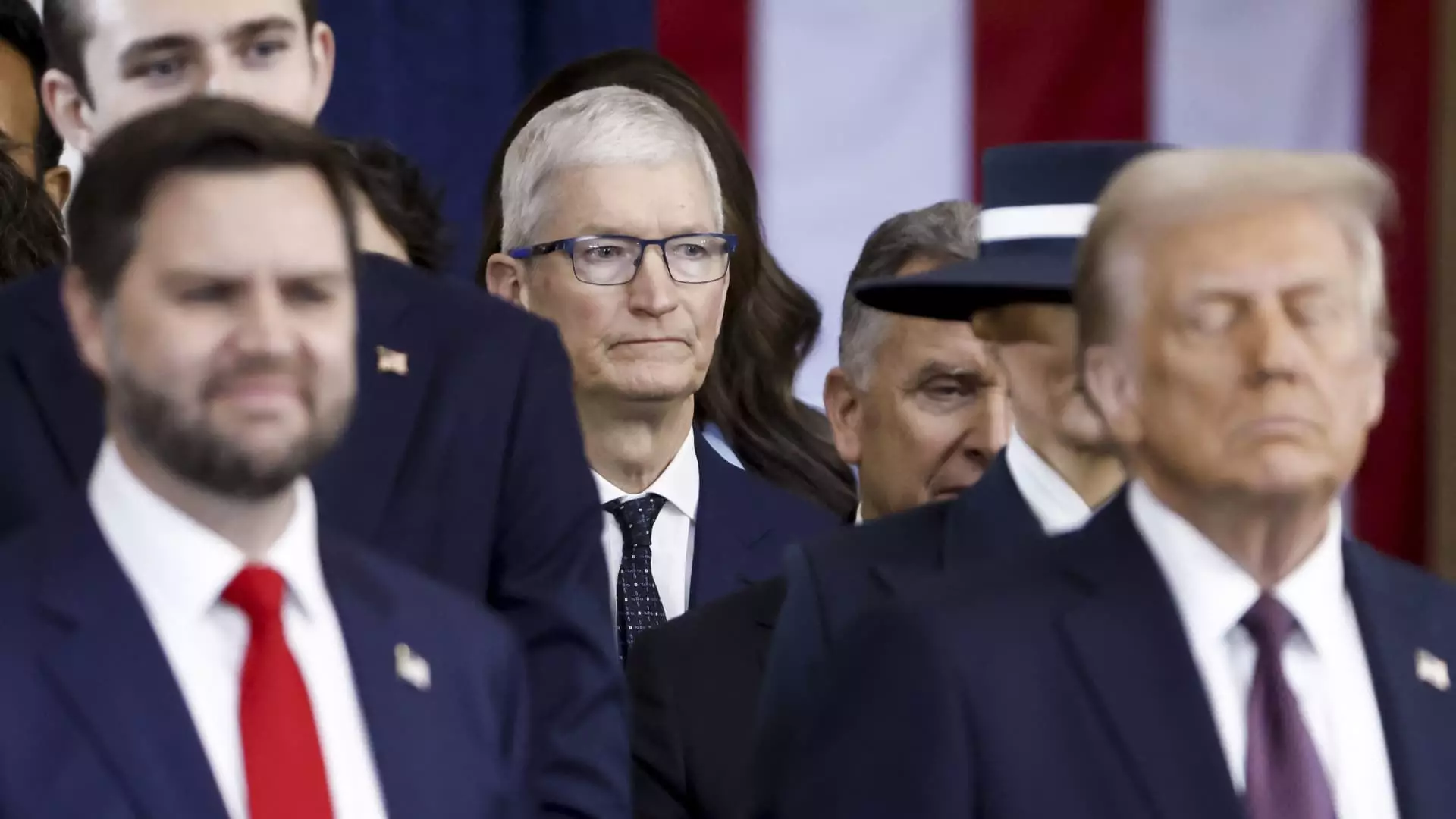In an unprecedented move, President Donald Trump recently introduced a slate of new tariffs ranging from 10% to a staggering 49% on various imported goods. This drastic action sent shockwaves across the stock market, and particularly within the technology sector. The immediate aftermath saw Apple’s stock plummet over 6% in late trading, leading a broader drop among tech giants. Nvidia followed suit with a nearly 4% decline, while electric vehicle titans Tesla and other tech stalwarts like Alphabet and Amazon also fell significantly. It’s clear that such economic decisions can rip apart the carefully woven fabric of our global supply chains, disproportionately affecting companies like Apple that rely heavily on international production.
Apple’s Dependence on China
Apple’s revenue model is heavily intertwined with its manufacturing facilities in China and elsewhere in Asia. This raises serious concerns about the viability of a “Made in America” vision when the reality is that much of Apple’s success hinges on cheap labor and cost-effective production lines overseas. Tariffs designed to enforce domestic manufacturing could paradoxically shrink profits, leading to higher prices for consumers and diminishing competitiveness in the global market. While Trump touts these tariffs as “a declaration of economic independence,” one must question whether such independence is unrealistic given Apple’s entrenched international business practices.
Promises vs. Reality
Trump’s narrative paints a picture of an America that will thrive by “supercharging our domestic industrial base.” But history suggests a more complex reality where increased tariffs generally lead to increased prices for consumers. The notion that limiting imports can unleash a wave of domestic productivity is a charming fairytale untethered from the facts. For every manufactured job potentially created by these tariffs, countless others could similarly vanish as companies restructure their production strategies in response to heightened costs. Moreover, the claim that domestic production will lower prices is perplexing considering that inflated tariffs are likely to do the opposite.
The Implications for the Tech Landscape
The S&P 500 and Nasdaq indices collectively felt the brunt of Trump’s announcement, with significant losses echoing through the markets. As measured by ETFs, the sentiment among investors shifted rapidly from cautious optimism to stark pessimism. The tech sector, which has been a beacon of growth in the modern economy, now faces a looming threat not only from tariffs but also from the uncertainty surrounding economic policies that could potentially cripple innovation and investment. The looming question remains—what will happen when these tariff impacts culminate in a substantial contraction of the market in the face of inflated costs and dwindling consumer demand?
An Uncertain Future
As the dust settles from this dramatic announcement, tech corporations must adapt or risk sliding into the quagmire of obsolescence. Trump’s optimistic forecasts for Apple’s $500 billion investment in U.S. infrastructure seem ambitious, and perhaps even steeped in naiveté. Those in the center-right framework may argue that while it’s noble to envision a future of robust American manufacturing, the outcomes of such policies often contradict their noble intentions. A balanced approach that embraces a global economy yet encourages domestic innovation and fair competition may prove to be the most sustainable path forward, rather than a one-size-fits-all protectionist strategy. In an increasingly interconnected world, the ramifications of these decisions are likely to resonate for years to come.

